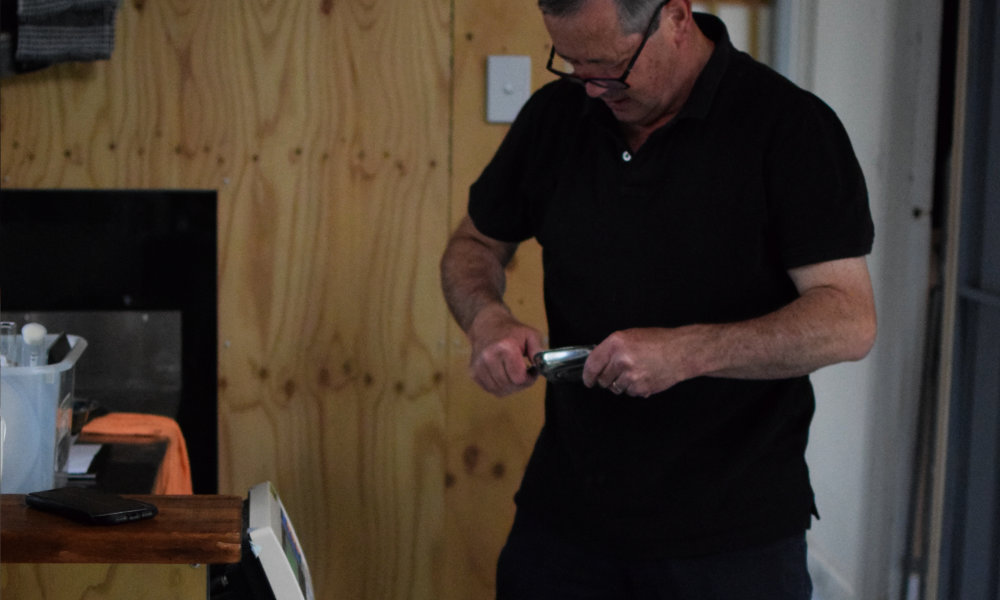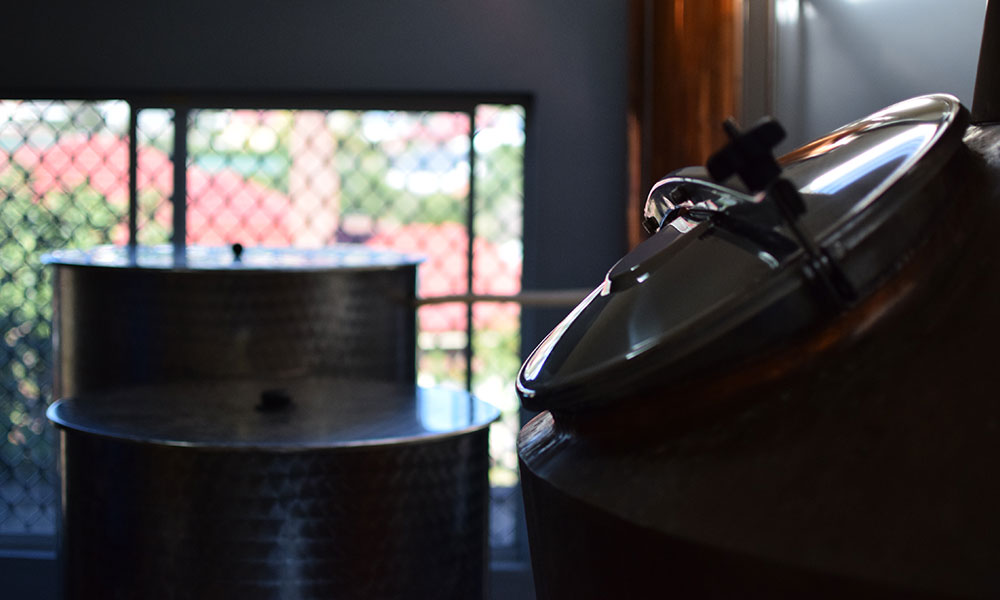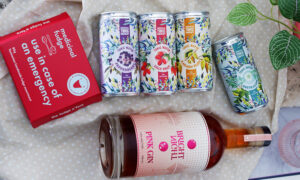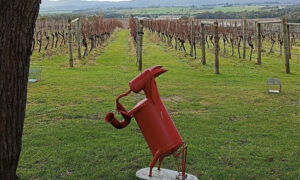Gin is a spirit known by all people across the globe and is supposed to have been existing since the middle ages. Some even argue that it’s way older than that. In 2018, in the United Kingdom alone, 66 million bottles of gin were sold (History UK).
It’s an amazing drink, often exclusively drank with mixers, due to its high alcohol content. But how do you make gin?
It’s an interesting process for sure, making it an exceptional type of spirit. But different distillers have different processes of making gin. Some are micro-distilled which means, almost everything is done by hand, while some are completely processed by machinery. Some add flavours, colours, artificial sweeteners, and etc. while some don’t. You can also try our Bright Night best Australian gin cocktail today.
Because of this, there are many types of gin available in the market.
Common Types of Gin in the Market
London Dry
The typical gin that contains no added sweeteners or colouring, meaning, it’s only made out of natural flavours. London Dry is also dominated by the Juniper berry flavour.
Barrel-Aged
Coming from the name itself, this type of gin is stored in barrels for a few months before consumption.
Navy Strength
Contains a minimum of 54.5% alcohol by volume.
Modern Gin
Less focused on using Juniper berries for flavour. Other botanicals are given more emphasis which gives it a different gin taste.
In this article, we’re going to talk about how they make the classic London Dry Gin.
Let’s jump in!
What is Traditional Gin Made out of?

First, what is a traditional gin made out of? What helps gin achieve that exceptional, versatile taste?
Gin is basically flavoured vodka (or maybe vodka is flavourless gin, who knows). It is a spirit infused mainly with Juniper berries and other botanicals depending on the distiller (although some modern gins are breaking from the tradition and replacing Juniper berries as the main ingredient with other botanicals). This makes gin a much more complex spirit than vodka.
No hate to Vodka though! It’s a different spirit and is instilled with its own beauty!
Fun fact: The word Gin comes from Genever, the Dutch word of Juniper!
The typical Gin is instilled with:
- Juniper Berries
- Coriander seeds
- Lemon peel
- Tree Bark or Plant Roots
- and other botanicals depending on the distiller’s recipe
The freshness and quality of the botanicals are carefully maintained as it can affect the taste of the gin, which is something that distillers do not want. Also, Read How the Bright Night is selected for the Best Australian Gin award.
How Distillers Make Gin

Step 1: Base Alcohol
To start making the gin, distillers start with a base distilled alcohol that they either make their own or outsource. This base alcohol is distilled from grain or malt, which is the first thing that differs it from vodka. Vodkas are distilled from potatoes, wheat, or rye.
The base alcohol is tasteless but contains a high alcohol percentage which is usually around 95%. To lower the alcohol content, the base is diluted with water.
Step 2: Re-Distillation
The distillers add the botanicals to the base alcohol and re-distils the mixture to give it its gin taste. Time of distillation depends on the distiller but usually lasts a couple of hours. The temperature is monitored throughout the distillation process to keep the gin’s quality at best.
Some do this manually while big distillers usually have the intelligent machinery to do this for them. If the process is done manually, the process goes longer as they have to take samples from the distilled mixture while it’s being processed to make sure that it’s the right quality and taste.
There are also two other types of re-distillations:
First, the steep and boil where the botanicals are steeped in the base spirit for a period of time before re-distillation.
Second, is the vapour infusion where the botanicals are placed in a basket inside the still and the vapour of the distillate is passed through the botanicals.
Step 3: Flavour Infusion
While not all distillers do this, some infuse additional botanicals or ingredients after re-distilling the gin to give it a nicer flavour and aroma. These flavour/s are infused in the gin for a couple of days.
Step 4: Quality Testing
Before being packaged, the quality of the processed gin is examined for flavour, colour, and taste to ensure the best quality of the gins that are going to be distributed to the market.
Step 5: Packaging
Lastly, the quality checked gins are going to be packaged into bottles and labelled before distribution.
FOLLOW US ON SOCIAL MEDIA
Our range of multi award winning gins
Bright Night Wild Tasmanian Gin

Capture multi award winning Wild Tasmania in your glass. Recently awarded Asia Pacific spirit of the year 2022.
$79.95 incl GSTAdd to cart
Bright Night Pink Gin

Looks like summer sunset, tastes like strawberry sherbet. Made with Tasmanian murtis berries, try our new Pink Gin.
$99.00 incl GSTAdd to cart
Chardonnay Barrel Aged Gin

Award winning Wild Tasmanian Gin aged in a Tasmanian Winery's Choardonnay (French Oak) Barrel
$94.00 incl GSTAdd to cart



